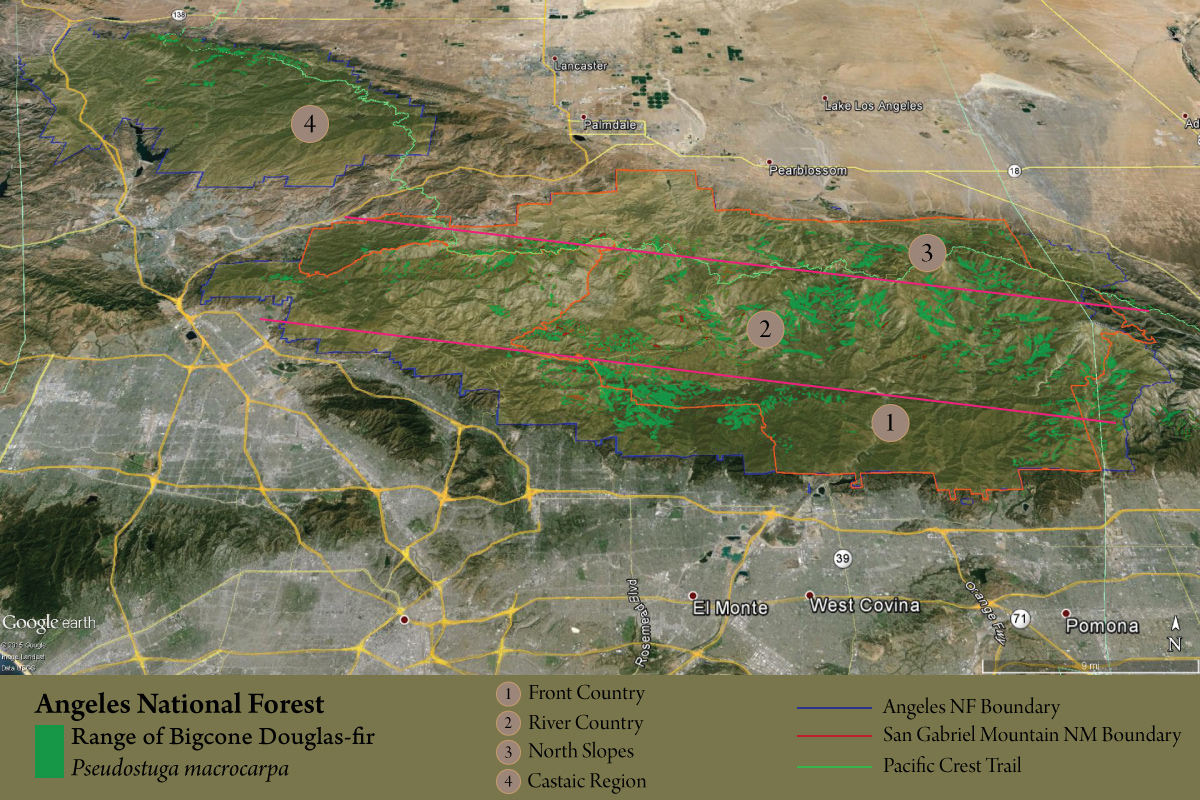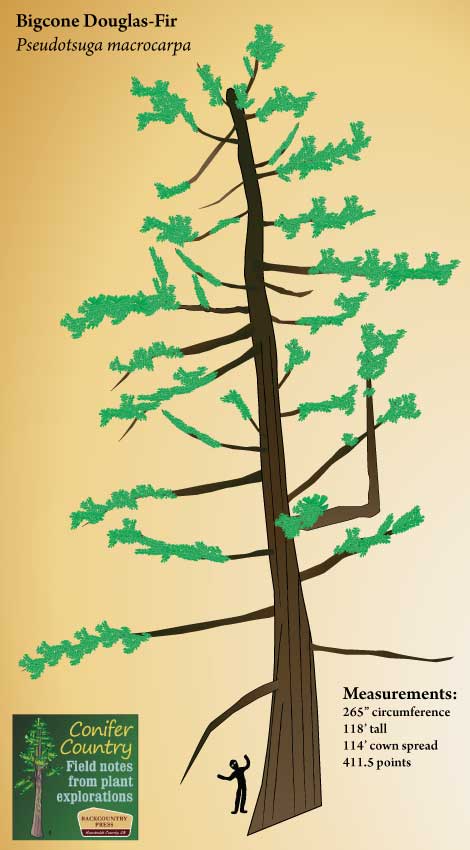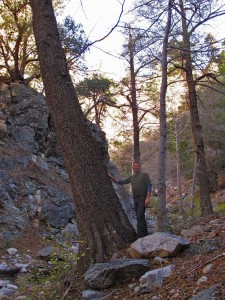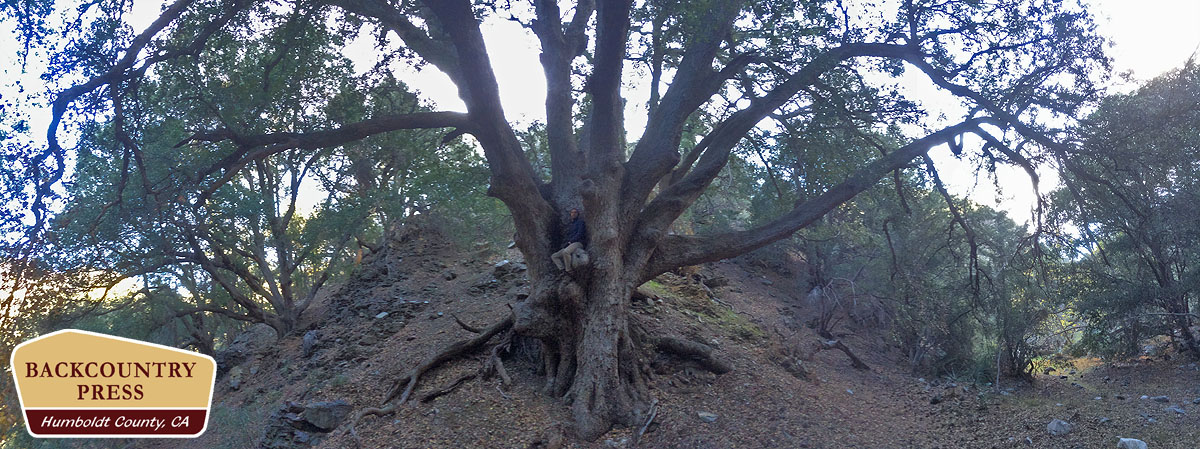Plant Exploring in the San Gabriel Mountains National Monument
Wednesday, May 11, 2016 @7:30 p.m. at the Arcata Masonic Lodge
From the California Native Plant Society North Coast Chapter:
Explorer, writer, and educator Michael Kauffmann will lead us on a journey into the Transverse Ranges of southern California to explore the world of what John Muir called the steepest mountains in which he ever hiked. Michael’s explorations began because of a Bigcone Douglas-fir mapping and monitoring project he is leading in conjunction with California Native Plant Society, but these studies have allowed him to make more discoveries–from one of the world’s largest oaks to the most isolated grove of Sierra junipers in the world. Michael will take us on a photographic journey from the mountain tops to the river canyons across one of the nation’s newest national monuments.




